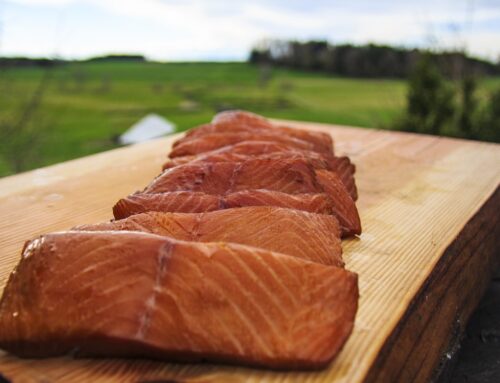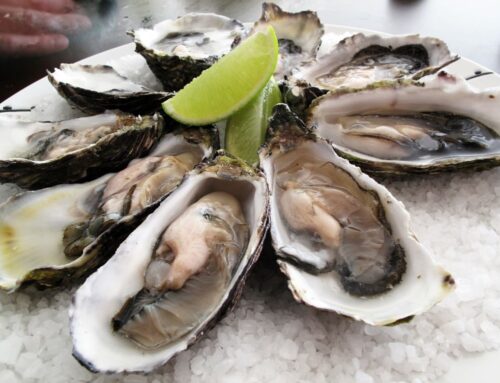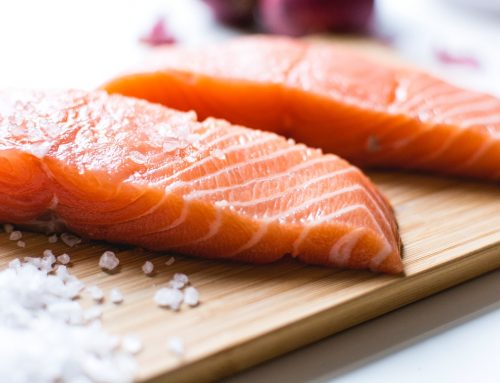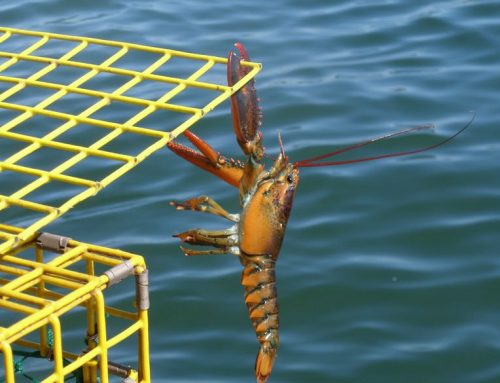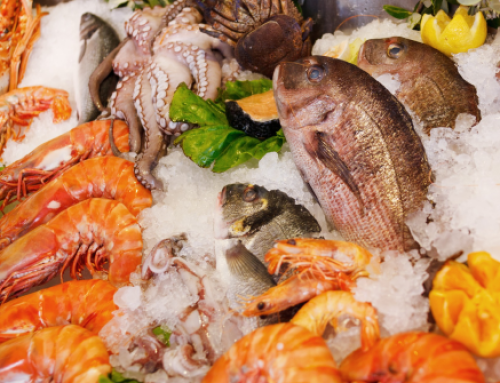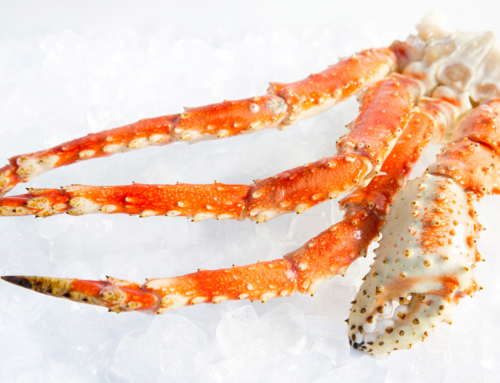There is a wide range of live lobster sizes available for purchase through any number of lobster companies listed on our site. First-timers and those hosting an event frequently have questions about what size lobsters are right for their order. After all, a 1-pound lobster doesn’t create a full pound of edible meat when cooked, boiled, and cracked. With this in mind, we wanted to create a clear, concise and comprehensive guide for our users to understand sizing and meal portions when ordering their lobster.
Give it to Me Straight: What Should I Buy?
Cutting to the chase and excusing for a second that “it all depends”, here is our belief. 1.25 pound lobster is enough for smaller people or people who don’t eat much. Bigger appetites will be unsatisfied. 1.5 pound lobster is the sweet spot quitely literally. They offer the most meat at the sweetest flavor. As you get into bigger lobsters, the sweetness starts to fade.
Sides. Let’s talk sides for just a second. Are you planning to make sides? Dessert? Are they filling? Will people have a few drinks before they sit down to eat? If so, you can get by with some smaller lobsters, like the 1.25 pound chix. If you are planning for the main event to have no or fewer opening acts, opt for bigger lobsters with 1.5 pounder being the low end.
How Much to Ship Live Lobsters to My House?
Different companies charge different prices for different sizes of lobster, as you might imagine. Here is a look at some companies we have used and would recommend, and what they charge to ship various lobster products.
| Category | Company | Most Popular Size | Average $/Lobster Dinner* | Customer Ratings | Go To |
|---|---|---|---|---|---|
| Highest Customer Ratings | Lobster Anywhere | 2 lb. | $335 | 5.0 | |
| Best for Sustainability | Crab Place | 2 lb. | $280 | 4.5 | |
| Best for Lobster Tails | Cameron’s Seafood | 12 oz. | $350 | 4.7 | |
| Best Variety | Fulton Fish Market | 2 lb. | $270 | 4.6 | |
| Best for Lobster Meat | Wulf’s Fish | 1 lb. | N/A | 4.8 | |
| Most Frequent Discounts | Get Maine Lobster | 1.5 lb. | $275 | 4.9 | |
| Best Website Experience | Winter Harbor Lobster Co-Op | 1.5 lb. | $335 | 4.6 | |
| Best for Smaller Lobsters | Sanders Lobster Company | 1.5 lb. | $270 | 4.5 |
How Much Meat does a Live Lobster Yield?
The short answer is that a live lobster will yield about 20-25% of its total weight in meat. So, if you order a 1.25 pound live lobster, you should expect, on average, a return of about 4-5 ounces of meat. A 1.5 pound lobster will yield about 5-6 ounces of meat, and a 2-pound lobster will yield about 6.5-8 ounces of meat.
Looking for a few more details? The lowest-yield but sweetest-tasting lobster is typically harvested and shipped during the summer months. Counterintuitively, this is because softer-shell lobster has a lower proportion of meat per pound because more of their body is water weight when freshly molten. It’s rare for any live lobster to yield less than 15-20% of its body weight, but most live lobsters shipped to your door require a hard-shell that ensures an average yield rate of 20-25%.
(Note: We’ve seen different lobster and seafood industry sources claim there’s between a 10 percent and 30 percent difference in the yield between soft-shell and hard-shell lobster. We also found one outlier source that suggested lobster meat yields can be as high as 30-40 percent.)
Serving Sizes, Sizing Terminology and Legal Limits
Like all seafood and protein, a modest and healthy portion size is typically defined as 4 ounces. The normal serving size, or a good-sized meal, is more like 6 ounces. A heartier, more indulgent portion may be 8 ounces or more. Also known as “quarters” and “halves,” 1.25 and 1.5-pound lobsters are the commonly ordered sizes.
There are legal limits, both small and large, to the size of lobsters that can be harvested and sold commercially. Lobsters with a carapace under 3.25 inches or over 5 inches are prohibited as part of sustainable harvesting practices and protecting the entire lobster population. This translates into available lobster sizes ranging from 1 pound up to about 4 pounds. Lobster traps are designed to aid in only harvesting lobster with the legal limits: If a lobster is too small to keep, it can simply escape through the slats in the trap.
Bigger Lobsters are Harder to Cook
Once you get above a 2 or at most 3-pound lobster, there are a couple things to consider before placing your order. To some extent, larger lobsters aren’t as sweet and flavorful as quarters and halves, but this difference is minimal especially when compared to the difference of cold-water Maine lobster (known for its sweet and flavorful taste) and warm-water lobsters. Often, a bigger issue is getting a good consistent cook with the lobster meat cooked all the way through without overcooking and rubberizing the exterior surface of meat. Plus, along with a high degree of confidence in your boiling and cooking method, you will also need an oversized boiling pot (even for lobster) to accommodate the biggest-size lobsters.
Prices May Vary
Quarters and halves are, by far, the most popular sizes for lobster orders. They’re also most frequently caught and in the greatest supply. Thus, bigger lobsters are often, but not always, more expensive per pound—at least for the lobster itself. Especially when accounting for the shipping costs, the price is often about the same or even cheaper as smaller lobster. Very big lobsters may also cost more if they require a larger packaging box and more packing materials. And because lobster supply chains and packaging options vary, the best-price-for-the-size will vary as well from one company to the next.
Take note of our Affiliate Relationships that may exist with this page and companies listed on it.


